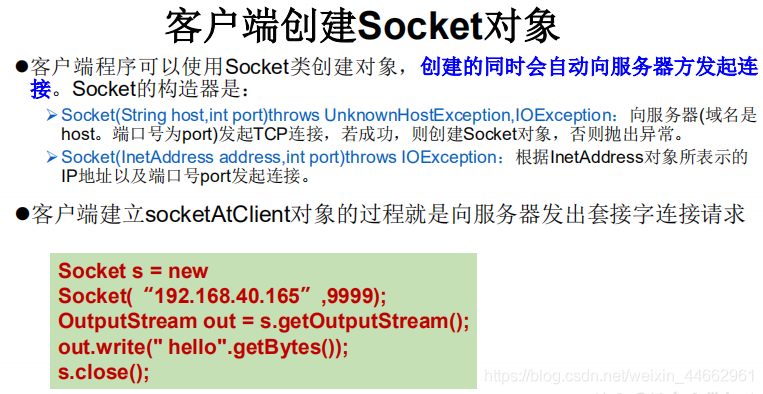INET programming, often referred to as Internet programming, is a specialized field that involves developing applications and services that communicate over the Internet or other network protocols. It encompasses a wide range of technologies and protocols, including TCP/IP, sockets, HTTP, FTP, and more. In this guide, we'll delve into the basics of INET programming, explore its key concepts, and provide guidance for aspiring developers in this field.
TCP/IP (Transmission Control Protocol/Internet Protocol) is the foundation of Internet communication. It provides a reliable, connectionoriented communication between devices on a network. INET programmers need a solid understanding of TCP/IP to develop applications that can communicate over the Internet.

Sockets are endpoints for communication between two machines over a network. INET programmers use sockets to establish connections, send and receive data, and close connections. There are different types of sockets, such as TCP sockets and UDP sockets, each suited for specific communication requirements.
HTTP (Hypertext Transfer Protocol) is the protocol used for communication between web browsers and servers. INET programmers often work with HTTP to develop web applications, APIs, and web services. Understanding concepts like RESTful APIs, HTTP methods (GET, POST, PUT, DELETE), and status codes is essential for web development.
FTP (File Transfer Protocol) and other file transfer protocols are used for transferring files between computers on a network. INET programmers may need to work with FTP to implement file upload/download functionality in applications or automate file transfer processes.
Before diving into INET programming, it's crucial to have a solid understanding of networking fundamentals, including how data is transmitted over networks, IP addressing, subnetting, routing, and network protocols. This knowledge forms the foundation for developing robust and efficient network applications.
When developing network applications, choose the appropriate protocol based on your requirements. For example, if you need reliable, connectionoriented communication, TCP is a suitable choice. If you prioritize low latency and are willing to sacrifice reliability, UDP may be a better option.
Network communication is inherently prone to errors due to factors like network congestion, packet loss, and connectivity issues. INET programmers should implement error handling mechanisms to detect and recover from errors gracefully, ensuring that applications remain robust and resilient.
Security is paramount in INET programming, especially when dealing with sensitive data or communication over public networks like the Internet. Employ encryption, authentication, and other security measures to protect data from unauthorized access, interception, and tampering.
Optimize the performance of your network applications by minimizing latency, reducing overhead, and optimizing data transfer mechanisms. Techniques such as connection pooling, asynchronous I/O, and caching can significantly improve the performance of INET applications.
INET programming can be done using various programming languages, including but not limited to:
There are numerous frameworks and libraries available to streamline INET programming:
Various development tools can aid INET programmers in their work:
INET programming is a complex yet rewarding field that requires a deep understanding of networking principles, protocols, and technologies. By mastering the key concepts, best practices, and tools discussed in this guide, aspiring INET programmers can develop robust, efficient, and secure network applications that meet the demands of today's interconnected world.
文章已关闭评论!
2024-11-26 09:44:46
2024-11-26 09:43:32
2024-11-26 09:42:04
2024-11-26 09:40:38
2024-11-26 09:39:24
2024-11-26 09:38:20
2024-11-26 09:37:03
2024-11-26 09:35:57